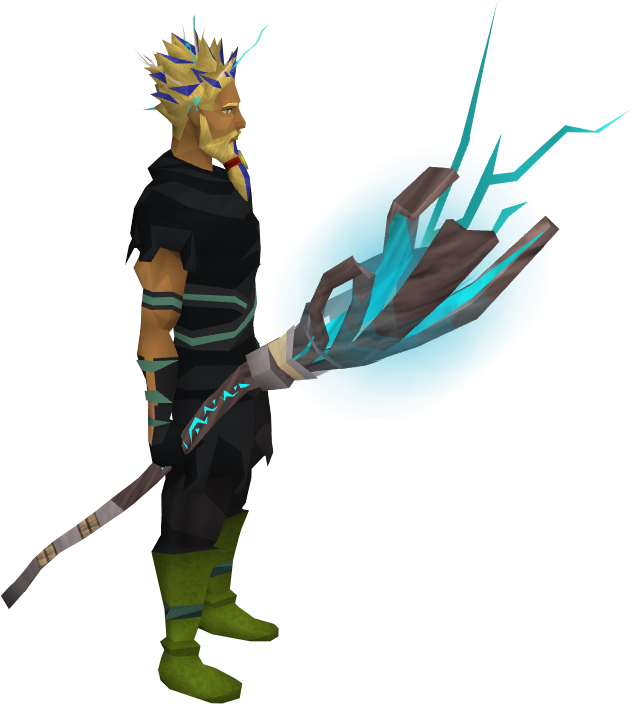

That means ninety Roman legionnaires are targets and are subject to damage from your Lightning Bolt. Ninety feet divided by two equals forty-five rows.įorty-five rows times two soldiers per row equal ninety Roman legionnaires in the area of effect of your spell. Let’s say that, on average, each two-man row is two feet apart. From 10 feet away, you unleash your Lightning Bolt. You’re lucky in that they get within 10 feet of you without you being detected. A company of Roman legionnaires who don’t like you slowly advance down the corridor where you’ve been hiding, two soldiers per row, several ranks deep. There is a narrow corridor 5 wide and 100 feet long. That area is basically an electrified ribbon of death 5 feet wide and 100 feet long. Just like above, the target is anything and everything within the bolt’s area of effect. If your Wizard is on a SWAT team, you probably can’t use Lightning Bolt in a hostage situation. Unlike Fireball, you cannot shorten the range of your Lightning bolt. Therefore, if your target is 60 feet away, your target will be in range of the bolt as well as anything behind your target, hostile or friendly, all the way up to 100 feet from you.
Staff of thunder and lightning 5e full#
Unlike up to 100 feet, regardless of whether or not your target is 30 feet away, 60 feet away, or 90 feet away, your bolt will go the full 100 feet. Meaning, that if you only get one action per turn, you cannot throw a flask of flaming oil and then cast your spell in the same turn. Area of Effect: line 5 feet wide, 100 feet longĬasting time for one action means that you must use one action to cast the spell within your turn.
Staff of thunder and lightning 5e plus#

Question: Could a bolt from a Lightning Bolt spell be conducted to cause damage?.



 0 kommentar(er)
0 kommentar(er)
